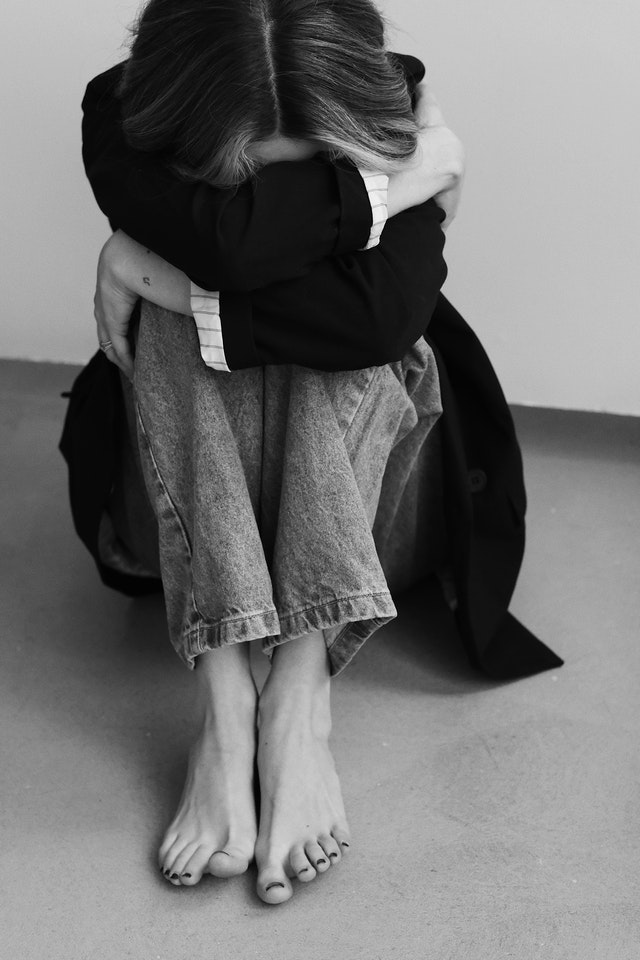Anyone stressed out? Anybody busy? Anyone have a lot to do and a gnawing sense of anxiety that you might not have enough time, energy, and/or resources to get it done? Anybody wish there was a solution to make life more manageable?
There is…
Vision and Goals
I’m going to harp on this one until I die: nothing motivates action like a crystal-clear vision of a successful outcome. Most of our anxiety comes from unclear desired outcomes. The human brain is a machine at seeing a picture of the desired state and continuously improving the existing state until it matches that vision. That’s what the brain was designed to do! We are continuous improvement machines. But if the desired outcome is unclear, or worse, undefined, the brain spins in circles trying to continuously improve anything. The fastest way to reduce anxiety, and an essential first step, is to clarify your vision and desired outcomes.
Externalize
Some studies have found that up to one-third of the amount of stress we experience is only in our heads (note: research is tough on this subject because of self-reports). So, what helps? Write it down!
Have you ever had this experience? You feel like you have a lot to do, you’re trying to not forget important things, you’re distracted and stressed, you stop and make a list, and you suddenly feel like you’ve lost weight?! The brain is a continuous improvement tool, and it’s also a great task completion tool. What the brain is not good at is remembering and reminding us of things that need our attention. So, the next time you feel even mildly stressed, get a physical or digital piece of paper and dump whatever is on your mind. One important note: you may simultaneously feel relieved and more stressed once you see all your commitments externalized in one place…
Organize
If you feel this simultaneous cognitive dissonance, organize what you wrote down. One big, long, giant, master list externalized is great for mental relief, but if you really want to get any of it done, it’s probably too much. Instead, break the full list into bite-sized chunks. You can organize things a million different ways, but I prefer by the physical location where things take place first. There are a lot of things you can do, just not wherever you physically are right now. Why bother sorting through those on your to-do list? These subgroups can be simple because most things only take place at work, at home, at the store, and at other people (which is why a list of agenda items to talk to Jim about is important). Other ways to organize things: by priority (but avoid complex ABC, 123 systems…simple high, medium, and low is fine), by the due date (just make sure it’s the actual, real, final due date, not the “I’d-like-to-do-by-this-day” date), by outcome (grouping items together that are steps toward a defined goal or outcomes), by “like” items (things that are the same kind of task or activity). There are others, but those are the most common.
That’s it. Immediate stress relief from three simple steps that, quite frankly, take about ten minutes, at most, to complete. Clarify the desired outcome, write down what’s banging around in your head, and group the results into manageable chunks. Trust me, as someone who has been using this approach to managing my life for ten years, it works!
PS-if you like to geek out on productivity like me, and want a deeper dive, read Getting Things Done by David Allen.
“You can only feel good about what you’re not doing when you know what you’re not doing.”
-David Allen
Want these blog posts delivered straight to your inbox each week? Click here to subscribe.
Follow us on social media at the links below.




